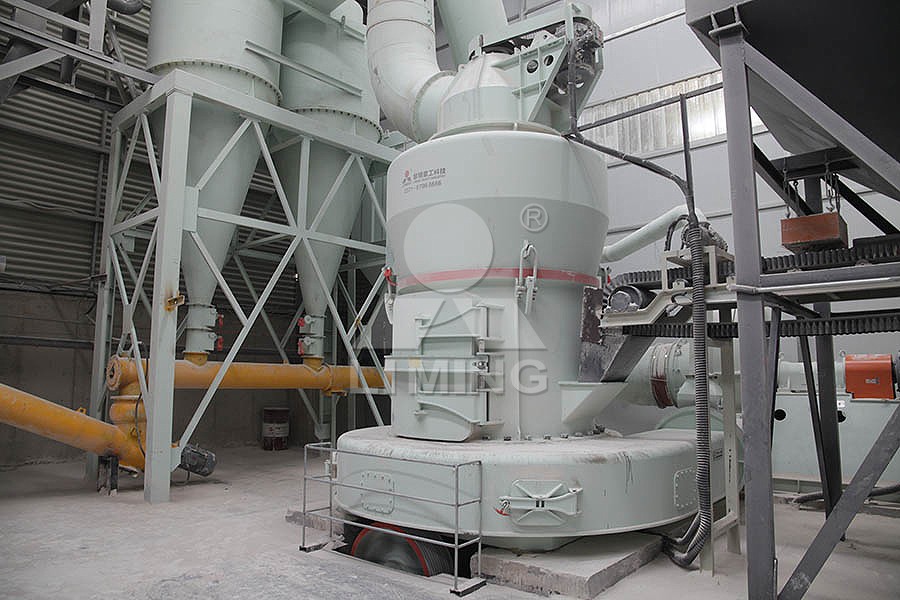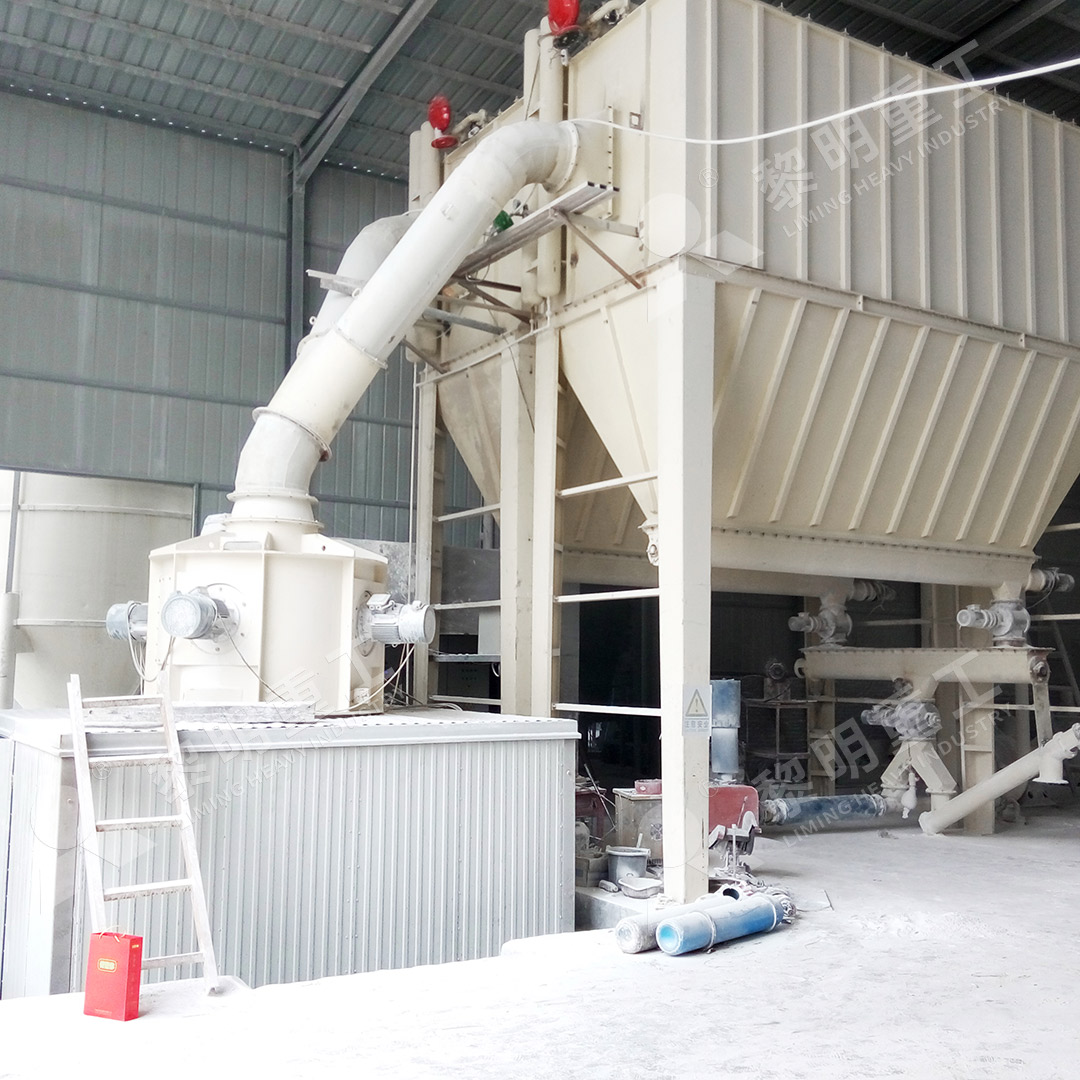Kaolin Grinding Mill for Paints and Coatings: How to Choose the Right Equipment
Kaolin Grinding Mill for Paints and Coatings: How to Choose the Right Equipment
Selecting the right grinding equipment for kaolin processing in the paints and coatings industry is a critical decision that directly impacts product quality, operational efficiency, and profitability. Kaolin, or china clay, demands precise particle size distribution and high purity to function effectively as an extender, opacifier, and flow control agent. The wrong mill can lead to inconsistent fineness, high energy costs, and excessive contamination.
Key Considerations for Equipment Selection
When evaluating grinding mills for kaolin, several factors must be prioritized. The required fineness is paramount; most coating applications demand ultra-fine powders ranging from 325 to 2500 meshes. The capacity must align with your production volume, whether for small-batch specialty paints or large-scale industrial coatings. Energy consumption is a major operational cost driver, making efficiency a key economic factor. Furthermore, the grinding process must not introduce iron or other contaminants that could affect the whiteness and chemical properties of the kaolin, which is crucial for maintaining the desired color and performance in the final paint product. Lastly, environmental compliance, including dust and noise control, is non-negotiable in modern manufacturing facilities.

Recommended Mill for High-End Paints and Coatings
For manufacturers aiming for the highest quality ultra-fine kaolin powder, the MW Ultrafine Grinding Mill stands out as an exceptional choice. This machine is specifically engineered for customers who need to make ultra-fine powder with superior consistency.
The MW Mill boasts a significant advantage with its higher yielding and lower energy consumption. Its newly designed grinding curves enhance efficiency, offering production capacity 40% higher than jet or stirred grinding mills with the same fineness and power, while slashing system energy consumption to just 30% of a jet mill. Its adjustable fineness between 325-2500 meshes is perfect for dialing in the exact particle size distribution needed for different paint gloss levels and rheologies. A German-technology cage-type powder selector ensures precise separation.
A critical feature for material purity is the absence of rolling bearings and screws in the grinding chamber. This design eliminates worries about damage to bearings or their seals and prevents machine failure from loose screws, thereby drastically reducing the risk of iron contamination—a vital concern for maintaining kaolin’s brightness. Furthermore, its efficient pulse dust collector and muffler ensure the entire production process is eco-friendly, with minimal dust and noise pollution.

An Alternative for Large-Scale Production
For operations requiring very high capacity, the LUM Ultrafine Vertical Grinding Mill presents a powerful alternative. Integrating grinding, grading, and transporting, it is renowned for its stability and efficiency. It features advanced powder separating technology and a unique roller shell design that promotes easy material layer formation, resulting in a high rate of finished product in a single pass. Its reversible structure also simplifies maintenance, a valuable feature for minimizing downtime.
Conclusion
Investing in the right grinding technology is foundational to success in the competitive paints and coatings market. The choice between mills like the MW and LUM ultimately depends on your specific focus: the MW Ultrafine Grinding Mill is arguably the superior option for achieving the utmost in fineness, purity, and energy efficiency for high-value coatings, while the LUM Vertical Mill excels in large-volume throughput. Carefully assessing your fineness requirements, desired capacity, and sensitivity to contamination will guide you to the optimal equipment, ensuring your kaolin filler enhances rather than compromises your coating’s performance.

